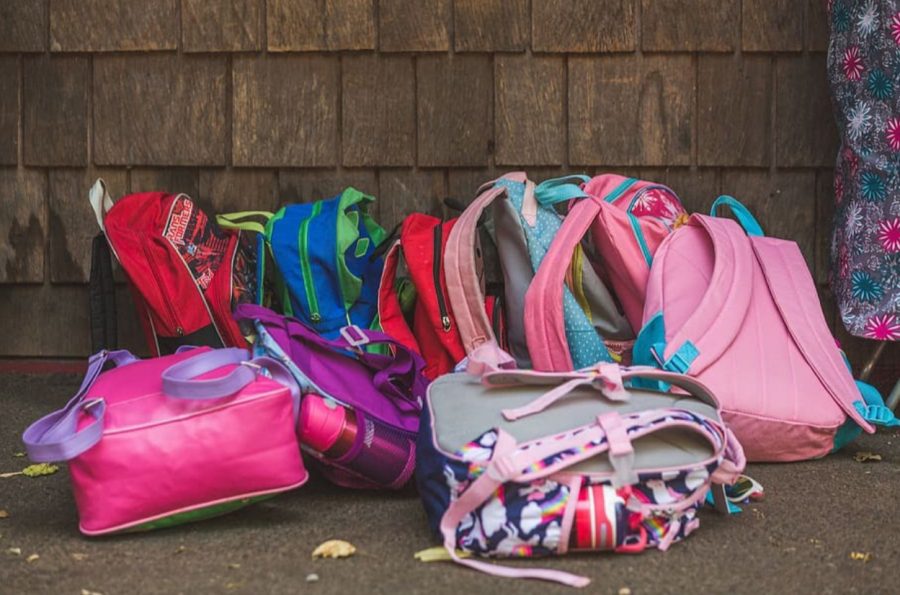Backpacks and Your Back
Monitoring the weight of children’s backpacks are especially important, but a 2002 Texas study found that about 96 percent of parents do not check the weight of their children’s backpacks.
January 21, 2020
Backpacks are a near universal equipment used on a day-to-day basis; for millions of people, they serve the purpose of carrying various personal belongings. According to the NY Times, the United States alone purchased “139.6 million backpacks” in 2013.
Children and teens make up a large portion of that number, as their backpacks are used to carry books, paper, and materials. US News reports that “more than 75 million students carry backpacks” in the United States alone. The basic design is preferred by so many because it is comparatively safer than the various purses, shoulder bags, duffel bags, or shoulder bags. Unlike these bags, the weight of backpacks is supported by the stronger back, abdomen, and shoulder muscles.
Despite the structure, backpacks are known to be the source of back pain and muscle strain. Overweight bags and improper use are the stems of all backpack-related health concerns. U.S. News warns that the imbalanced weight of a backpack can “pull the body backward” into an unnatural spinal position, and efforts to shift standing or walking position will cause the spine to compress. The resulting pain comes from the stretched ligaments and muscles surrounding the spine.
There are even more negative effects when backpacks are worn slung over one shoulder. Those who wear backpacks this way claim that it is easier and more convenient when in a rush. However, the uneven distribution of weight causes lopsided muscle development and imbalance. Some are aware of the health risk, such as Lucy Liu (9), who uses one strap despite the fact that it “… puts pressure on [her] one shoulder.”
Even the straps of backpacks pose health risks, when inadequately padded or adjusted improperly. According to U.S. News, tight-fitting straps could put “pressure on nerves” and blood vessels in the shoulders, causing a tingling sensation in the arms and “interfering with circulation.” By contrast, loose-fitting straps lower the bag’s position and puts pressure on the shoulders and lower back. To prevent either scenario, the ideal bag position is closely fitted and rides high on the back, keeping an inch or more above the hips.
Fortunately for the millions of backpack-users, most pack-induced pain is short term. Still, Spine-health encourages proper use because constant abuse can “speed the development of… problems later in life.”
To ensure proper use, Verywell Health recommends: carrying heavy items near the body, wide padded and fitted straps, centering the load, wearing a waist belt, or simply lessening the load of your backpack. As for the suggested weight, the American Academy of Pediatrics recommends that “a child’s backpack” should weigh “…no more than 10 to 20 percent” of their body weight.























